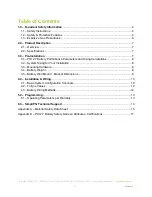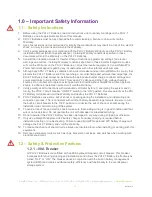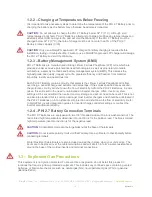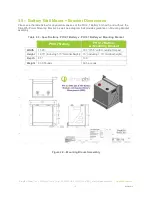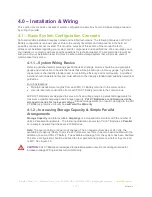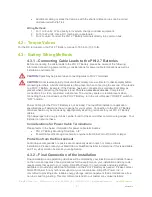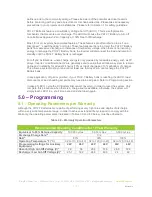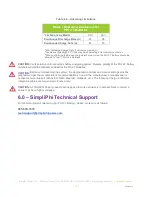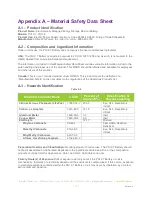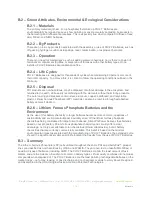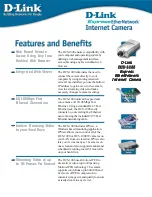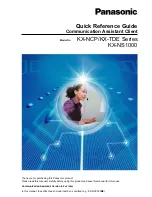
REV022618
SimpliPhi Power, Inc. | 420 Bryant Circle | Ojai, CA 93023, USA | (805) 640-6700 | info@simpliphipower.com |
SimpliPhiPower.com
| 17 |
Appendix B – PHI 2.7 Battery Safety & Green
Attributes, Certifications
This Appendix section covers the PHI 2.7 Battery safety attributes and certifications, such as the lack of
thermal runaway and off-gassing, UN DOT certification and UL compliance. It also covers the PHI 2.7
Battery’s green attributes – from products to materials to disposal, as well as relevant environmental and
ecological considerations.
B.1 –
Safety Attributes and Certifications
B.1.1 – Intrinsically Safe Operation and Installation
The PHI Lithium Ferrous Phosphate (LFP) battery cell component is made with an intrinsically
safe cathode material (iron phosphate). This creates a strong molecular bond, which withstands
extreme conditions, prolongs cycle life, and maintains integrity with little or no maintenance over
extended periods of time. There is virtually no danger of Thermal Runaway, as there may be with
Lead Acid, NiCd, and Lithium Cobalt type batteries. No venting or cooling is required. No
precautions or special structural considerations are necessary when installing PHI 2.7 Batteries.
B.1.2 – No Safety Hazards due to Off-Gassing, Exposure to
Acids, Thermal Runaway
PHI 2.7 Batteries do not vent dangerous gasses, such as hydrogen and oxygen, because there
are no chemicals used in the creation of the electrical energy, in contrast to Lead Acid and other
battery chemistries. There are no dangers of exposure to sulfuric acid because PHI 2.7 Batteries
do not have caustic electrolytes. Thermal runaway is not an issue with PHI products due to the
basic nature of Lithium Ferro Phosphate cell chemistry utilized in all our power storage products.
B.1.3 – PHI 2.7 Battery Control and Protective Circuitry
SimpliPhi Power Inc. utilizes balancing, voltage regulation, thermal, current controls, as well as
other protective measures, in its PHI 2.7 Battery Management System (BMS). This protective
circuitry is embedded in the architecture of each PHI 2.7 Battery.
B.1.4 – UN DOT Certified Cells
The Lithium Ferrous Phosphate (LFP) cells are independently certified to withstand the UN DOT
T1-T8 testing guidelines with no special circuitry added. These tests include short circuit, over-
voltage, overcharging, extreme temperature, high altitudes, shock and extreme vibration testing.
B.1.5 – UL Compliance
The Lithium Ferrous Phosphate cells within the PHI 2.7 Batteries fully comply with the safety
testing parameters of UL 1642.
B.1.6 – RoHS Compliant
SimpliPhi Power Batteries are RoHS compliant. Any RoHS compliant component is tested for the
presence of Lead (Pb), Cadmium (Cd), Mercury (Hg), Hexavalent chromium (Hex-Cr),
Polybrominated biphenyls (PBB), and Polybrominated diphenyl ethers (PBDE). For Cadmium and
Hexavalent chromium, there must be less than 0.01% of the substance by weight at raw
homogeneous materials levels. For Lead, PBB, and PBDE, there must be no more than 0.1% of
the material, when calculated by weight at raw homogeneous materials. Any RoHS compliant
component must have 100 ppm or less of mercury and the mercury must not have been
intentionally added to the component. In the EU, some military and medical equipment are
exempt from RoHS compliance.

